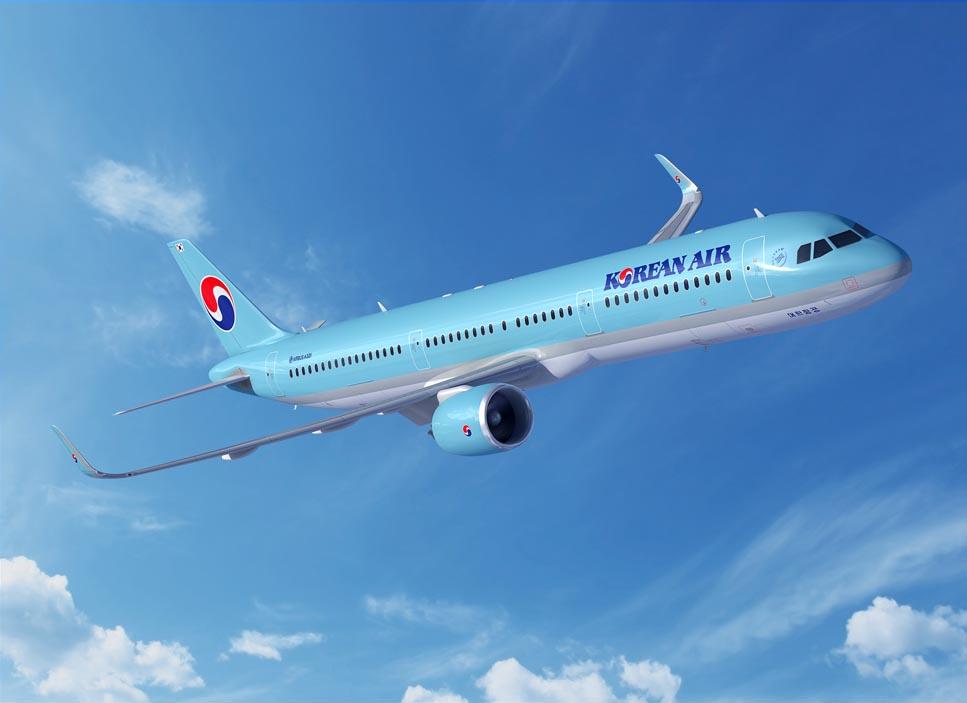
North Asia’s airlines were the first to shut down air traffic due to COVID-19, and the last and most cautious to reopen international routes. Still, their maintenance providers are experiencing the same challenges that are affecting airlines in other regions.
For example, by June 2023 Korean Air’s overall passenger capacity had recovered to almost 70% of its pre-COVID levels. “We expect a 90% recovery by the end of the year,” says a representative for the airline.
Korean Air has already returned most of its aircraft to service, but some remain grounded due to required engine maintenance. The representative says Korean Air has not yet encountered any operational problems, but it may need to focus more on full utilization of its fleet once full operations are restored.
“The global MRO industry’s supply chain issue affects not only our own fleet engine maintenance but also outsourced engine maintenance,” says the representative. However, Korean Air expects current supply issues to be resolved quickly and thus hopes to return its remaining aircraft back to service.
The airline’s maintenance and engineering division is trying to secure a sufficient pool of mechanics to proactively meet the demand that comes with operational recovery. However, the representative adds: “It takes quite some time to develop and secure a supply of talented mechanics. In an effort to meet demand, we are strengthening our training programs and operating on a more flexible recruiting schedule.”
Parts are another challenge. Due to the lack of major parts and raw materials, parts repair and shipping of new part purchases have been delayed, preventing punctual parts supply.
“On top of supply issues, part prices have increased excessively, adding to maintenance costs,” notes the representative.
Korean Air’s maintenance unit is addressing these supply chain issues in several ways, including proactive demand forecasting, dual-sourcing arrangements and frequent consultations with engine and part OEMs.
On the labor front, the maintenance division is diversifying recruitment channels and quickly training new hires. It has also resorted to outsourcing to resolve the temporary shortages of manpower.
Korean Air’s maintenance division is also expanding its Pratt & Whitney PW1100G engine capabilities and facilities in connection with the introduction of the Airbus A321neo to its fleet.
Across the Sea of Japan, All Nippon Airways (ANA) is also seeing strong growth. Its domestic operations are expected to return to pre-COVID levels, or about 95% of these levels, by the end of its fiscal year on March 31, 2024. By that time, ANA expects to operate its international routes at about 80% of pre-COVID levels.
A representative says ANA has been affected by the same airline industry shortages of labor and parts, for both engines and airframes. “We are working closely with our suppliers and making adjustments through securing alternative options to minimize the impact on our operations,” says the representative. She also notes that labor shortages affect not just maintenance crews, but also ground handling, security control staff and other workers.




